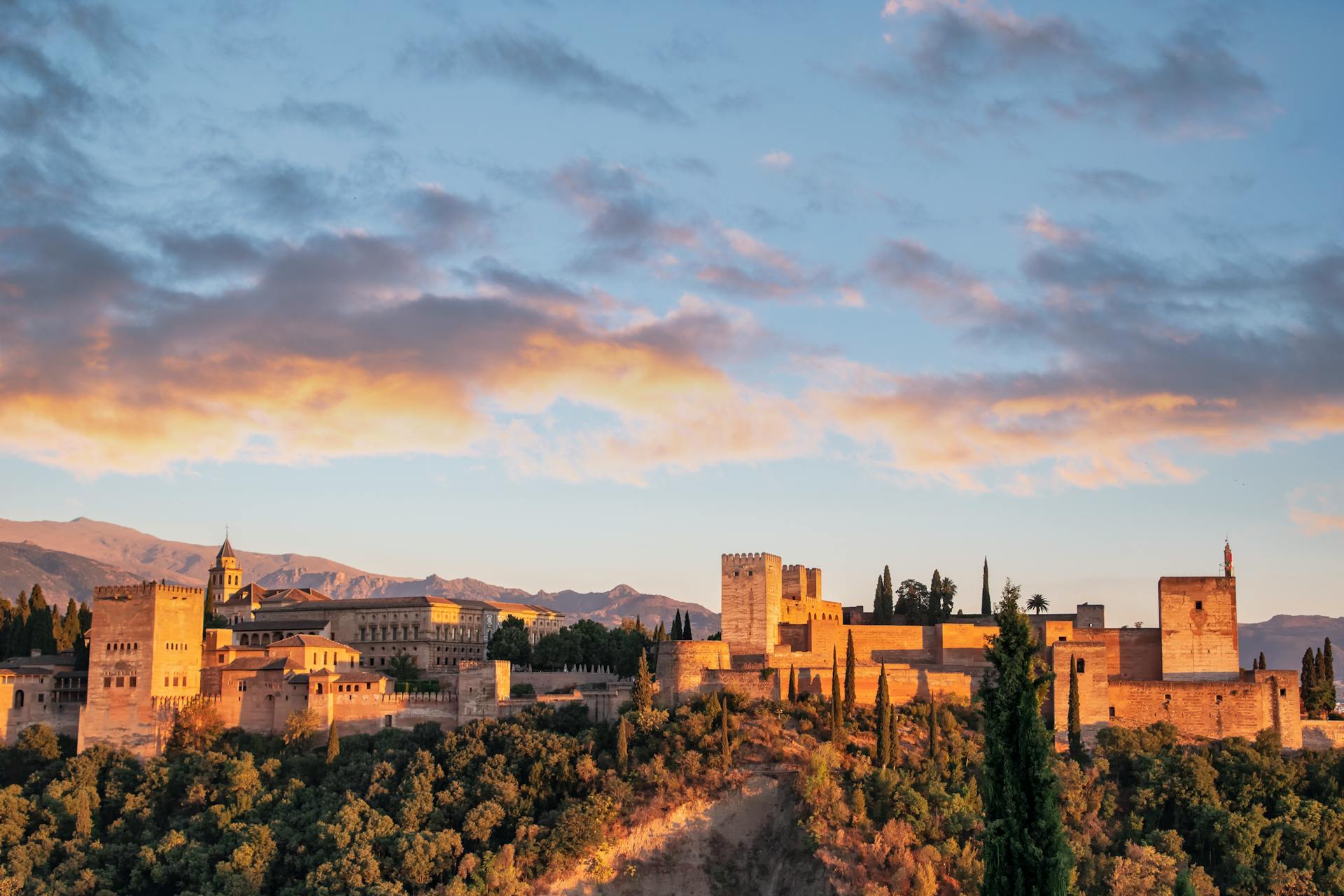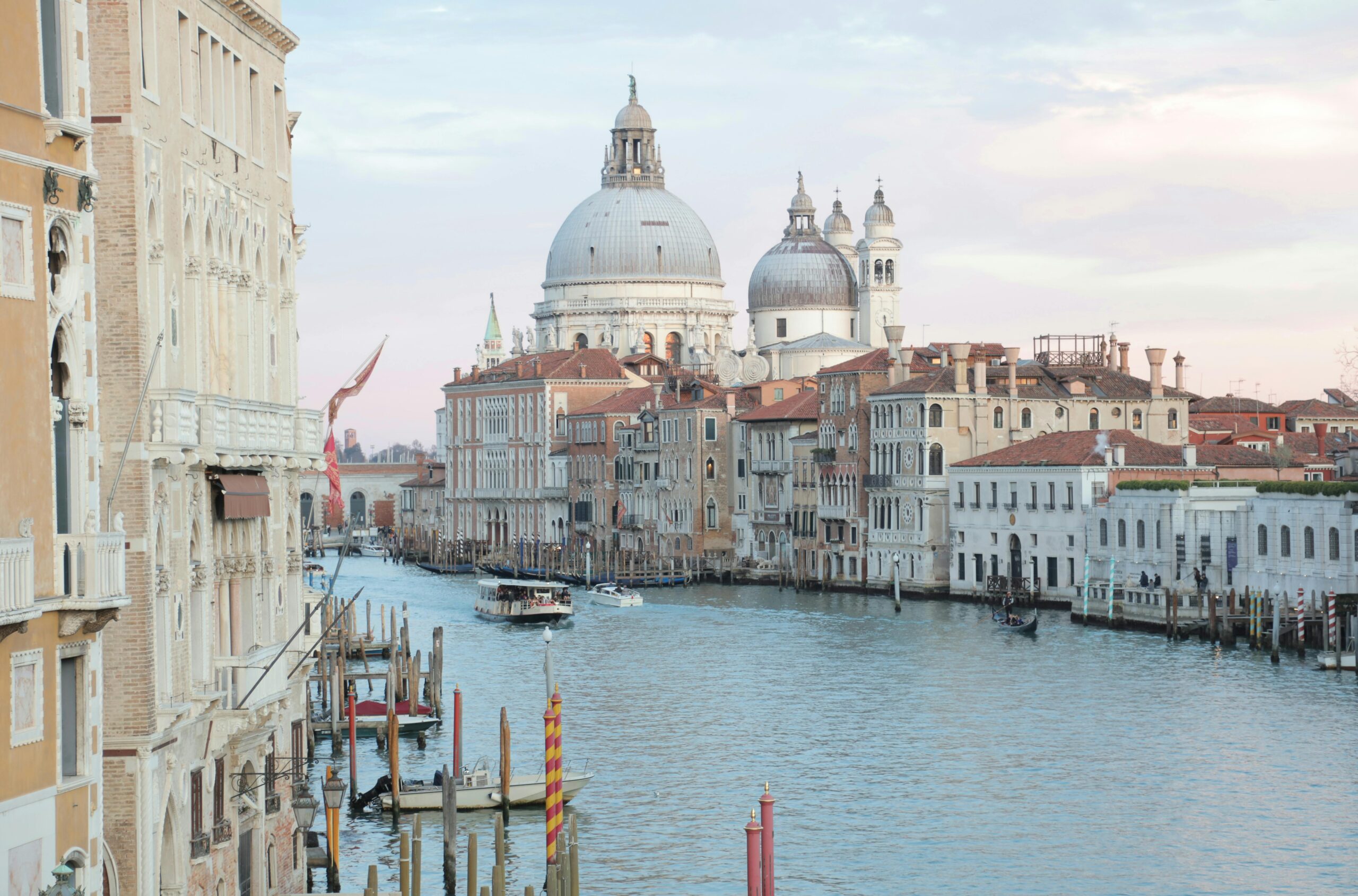 Feudal and Customary Law
Feudal and Customary Law
Medieval legal systems were deeply influenced by feudalism and local customs. Feudal law governed the relationships between lords and vassals, emphasizing obligations and duties tied to land tenure. Customary law, based on local traditions and practices, varied significantly across regions and was enforced through community-based courts. These legal frameworks reflected the decentralized and hierarchical nature of medieval society.
Canonical Law
Canonical law, or church law, played a crucial role in the legal landscape of medieval Europe. The Catholic Church established its own legal system, governing issues related to marriage, morality, and ecclesiastical matters. Canon law was codified in texts like Gratian’s “Decretum,” and church courts had jurisdiction over many aspects of daily life, influencing both religious and secular affairs.
The Rise of Common Law
In England, the development of common law during the medieval period laid the foundation for modern legal systems. Common law emerged from the decisions of royal courts, which established precedents and legal principles that applied across the realm. The establishment of the Magna Carta in 1215 marked a significant milestone, asserting the rights of individuals and limiting the powers of the monarchy.
Conclusion
The development of medieval legal systems was a complex process that reflected the social, political, and religious dynamics of the period. The interplay between feudal, customary, and canonical law created a diverse legal landscape that shaped the governance and justice systems of medieval Europe.
 Architectural Marvels
Architectural Marvels
 Connecting Continents
Connecting Continents